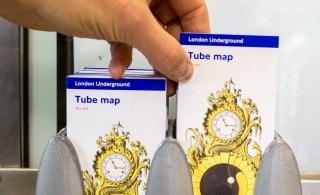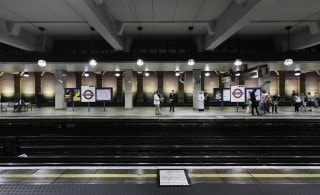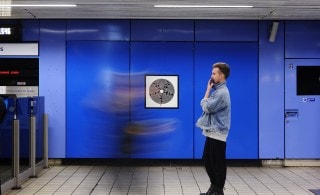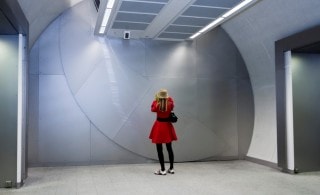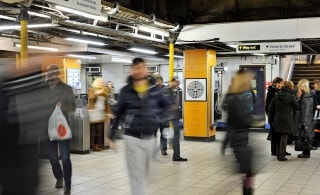The Underground is a central part of London’s infra-structure. It has played a crucial role in the development of the City and is such an intrinsic and essential part of it that the notion of one without the other is inconceivable. The network is also a unique setting for art and the focus for artists who make new artworks in response to it. The artworks they create add another dimension to Tube travel and reveal new and unexpected perspectives on it.
London Underground has long been one of London’s most consistent and pioneering public sector patrons of the arts, working with numerous artists, designers and craftspeople in every aspect of its architecture, poster design, train livery and upholstery as well as its site specific art commissions in stations. London Underground’s commitment to the arts and to excellent design was led by Frank Pick, Managing Director during the early 20th Century. Pick’s vision established the concept of ‘total design’, the strategy behind the LU brand and the reason it remains one of the most recognised in the world. The unique roundel logo; the Johnston typeface; Charles Holden’s station designs, Harry Beck’s iconic map; and artworks commissioned for stations during the 1980s, such as that by Eduardo Paolozzi at Tottenham Court Road station; these are a few elements that together comprise an identity and profile for the Tube that has made it the envy of, and the subject for emulation by, almost every urban railway system worldwide.
Following in this tradition, Art on the Underground (originally titled Platform for Art) was established in 2000. A curatorial programme, artists are invited to develop and realise new artworks for the Underground’s unique context that have the potential to engage with millions of Tube travelers.
To learn more about London Underground’s history of art and design and over 100 years of posters visit ltmuseum.co.uk

